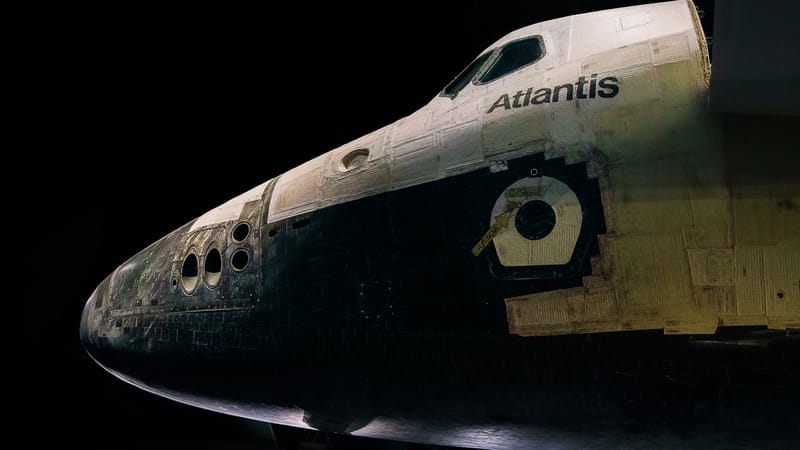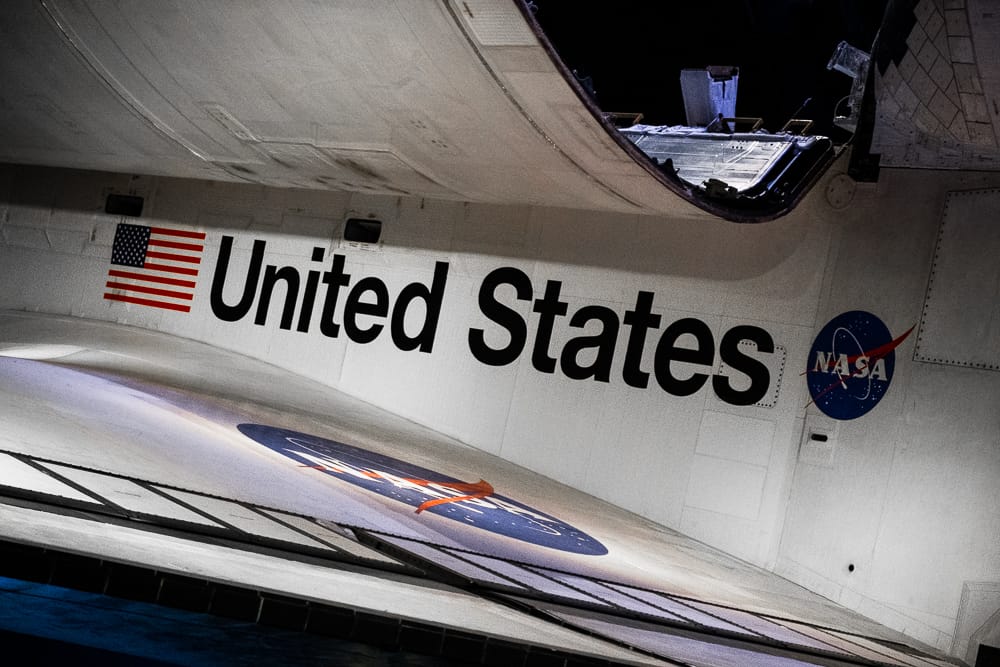
Nov 11 2024
Space Shuttle Atlantis: Exploration Legacy
As the fourth operational orbiter in NASA's Space Shuttle Program, Atlantis played a crucial role in over 26 years of service.
Atlantis was built in about half the time it took to assemble the first shuttle, Columbia, reflecting NASA's growing expertise in constructing reusable space vehicles. Named after the RV Atlantis, a pioneering oceanographic research vessel, the shuttle was first launched on October 3, 1985. Over its lifespan, Atlantis completed 33 missions, spending 307 days in space and orbiting Earth 4,848 times.
Key Missions and Achievements
Atlantis’s missions included launching groundbreaking spacecraft such as the Magellan probe to Venus and the Galileo probe to Jupiter. These missions expanded our understanding of the solar system and demonstrated the shuttle's capacity to support interplanetary exploration.

Atlantis was also a vital part of the Mir space station program, becoming the first shuttle to dock with the Russian Space Station Mir during the STS-71 mission in 1995. This milestone represented a significant moment in international cooperation in space exploration and helped pave the way for future collaborations, such as the International Space Station (ISS).
The shuttle was instrumental in building and maintaining the ISS, conducting multiple missions that carried essential components and equipment to the station.
Today, Atlantis is permanently displayed at the Kennedy Space Center Visitor Complex in Florida. Visitors can see it suspended as if in orbit, with its payload bay doors open, providing a dramatic and inspiring view of the shuttle's design and capability. The exhibit celebrates Atlantis’s rich history and serves as a reminder of NASA’s space shuttle era—a period marked by ambition, discovery, and collaboration.
Checkout NASA's official website for Atlantis for more info!